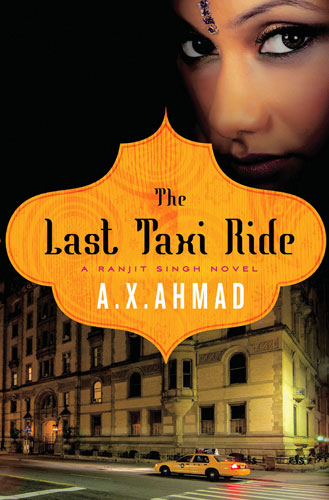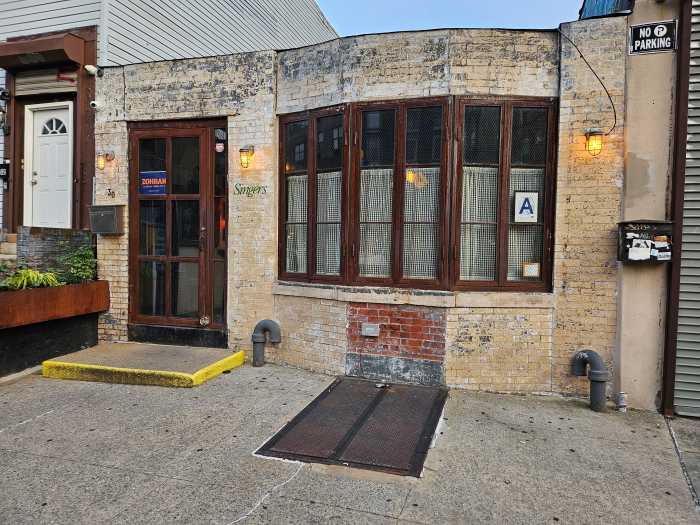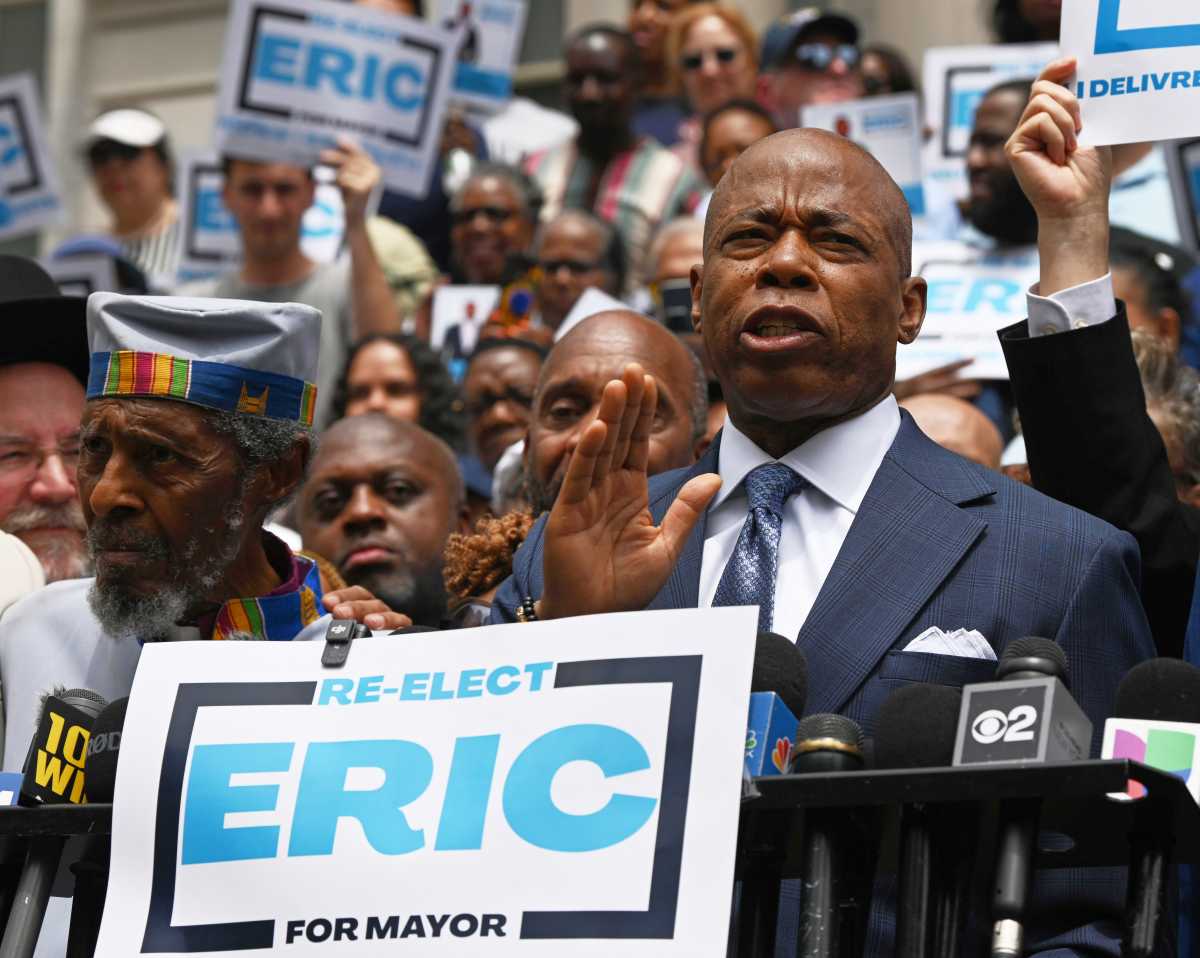This writer is no hack — but his main character is.
Brooklyn author A.X. Ahmad’s new novel “The Last Taxi Ride” tracks 10 tumultuous days in the life of Ranjit Singh, a New York City cabbie accused of murder. To clear his name, Singh must sleuth through New York’s immigrant communities — through grey-market outer-borough junkyards, the back rooms of family eateries, underground nightclubs, and insular Guyanese neighborhoods guarded by informal youth militias.
This is stand-out genre writing; Ahmad packs a lot of sexy and intriguing muscle onto the skeleton of the detective formula. Singh is a compelling, attractive hero, and his journeys offer us a cross-section view of worlds too often invisible to those not living in them.
“The Last Taxi Ride” is a pressure-cooked stew of blue-collar immigrants, most of whom, like Singh, hold at least two jobs and endure a relentless, generally unremarked welter of casual prejudice.
Our protagonist is no patsy — we see early on that he is unafraid of confrontation or violence, but wise enough to know he can’t afford foolish pride. Even so, Singh has his boiling point, and part of a reader’s sympathetic interest is looking forward to when and where the fierce and respected army captain he was back in Punjab will slip the leash and tear a chunk out of some deserving bully.
It would be a shame to spoil any of the plot’s twists and turns, but a love interest does emerge for our turbaned Virgil, and the romance is neither picture-book perfect nor mere sexual wish-fulfillment. It is consistent with the atmosphere of realism that makes “The Last Taxi Ride” such a satisfying read. Singh is an adult, and like most adults, his past shapes his present and his possible futures. He has an ex-wife, and most importantly, a teenage daughter who’s coming to stay with him.
He is a complex person, rooted in multiple contexts. What is fascinating is watching what Singh is able to do with the tools he has at hand — how the roving fraternity of cabbies can become a distributed network of eyes and ears, or the surprising ways military service atop the Siachen Glacier can prove useful in the environs of Manhattan.
Early in the book, Singh meets a friend from his army days who has ensconced himself in a grand old Manhattan building’s forgotten back hallways, making a home among the abandoned luggage of long-dead hotel guests. It is a subcontinental spin on Ellison’s subterranean “Invisible Man,” and the two share drinks.
Singh is a worldly, in some ways very westernized Sikh. He is a person in whom multiple pressures converge — the conflicting and relentless value systems of the new and old worlds, family love and obligation, community, economic necessity, and aspiration. While the high-stakes murder plot is thrilling, it is the human dimensions of Singh’s lived experience that make this novel most memorable.
“The Last Taxi Ride” will be on shelves June 24.

























